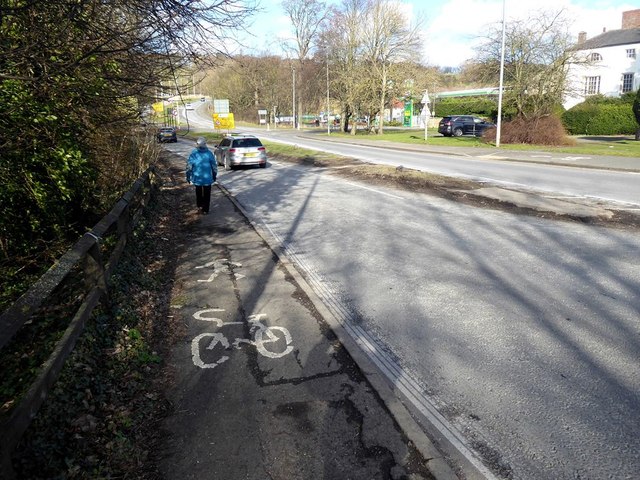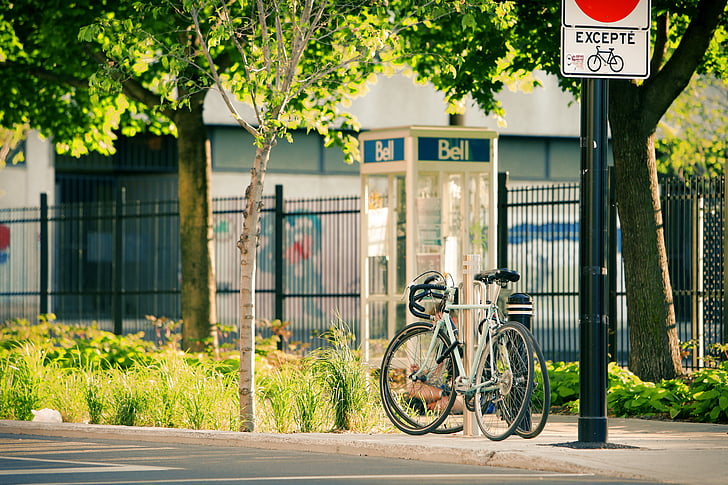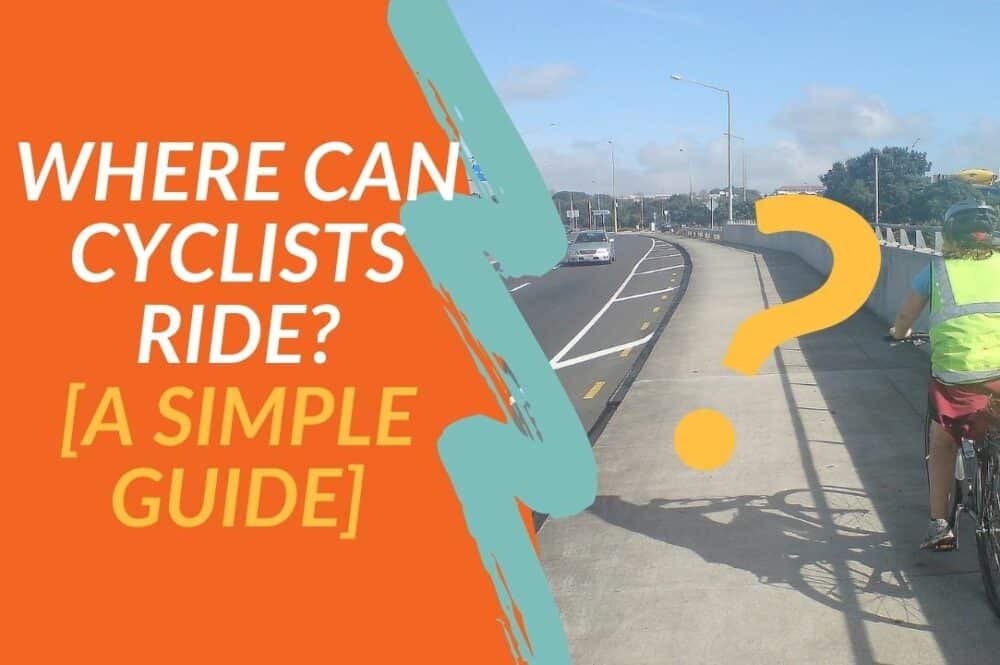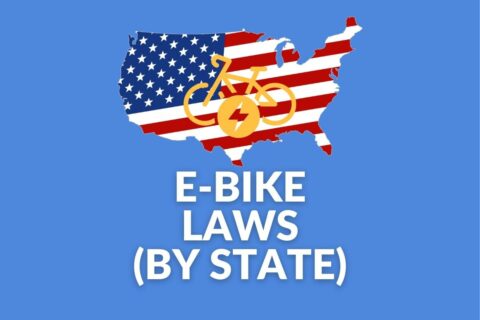This post may contain affiliate links, which help to keep Discerning Cyclist rolling. Learn more.
Whether you’re in a new country or state or just want to know a little bit more about what your cycling rights are in your area, we’ve compiled a summary of where you can and can’t ride your bike in the UK, US, Australia and elsewhere in Europe.
Can you cycle on dual carriageways? Are cyclists allowed on footpaths? Are cyclists allowed on pavements? You’ll find clear answers to all of these FAQs and more below.
Find a quick answer:
- Are cyclists allowed on roads?
- Are cyclists allowed on motorways?
- Are cyclists allowed on dual carriageways?
- Can you cycle on the pavement?
- Are cyclists pedestrians?
- Are cyclists subject to speed limits?
Highway Code for Cyclists: Summary
Are Cyclists Allowed on Roads?
- In the UK – yes, but keeping within a cycle lane when practicable (though use of cycle lanes is not compulsory). When leaving a cycle lane, check before pulling out that it is safe to do so, signalling your intention clearly to other road users.
- In the US – yes, in most cases, though only vehicles that meet certain specifications have to carry a licence plate.
- In Australia – yes, with cyclists following the same road rules as car drivers. This applies to the entire country; many more specific laws vary from state to state.
- In Europe – yes. The Highway Code states that cyclists can ride side-by-side, though Rule 66 adds that they should ride in single file ‘on narrow or busy roads and when riding round bends’.

Are Cyclists Allowed on Motorways?
- In the UK – no. Cyclists are prohibited from riding on motorways, as are pedestrians, holders of provisional motorcycle or car licences, riders of motorcycles less than 50cc, horse riders, certain slow-moving vehicles and those carrying oversized loads (except by special permission), agricultural vehicles, and powered wheelchairs/powered mobility scooters.
- In the US – yes, but not everywhere. Generally, bikes are allowed on interstate highways if there are no viable alternate routes, or in states with low population densities away from urban areas. Idaho, Montana, North Dakota, South Dakota and Wyoming all allow bikes on all interstates.
- In Australia – yes, on some freeways and highways, where the road shoulder can be used as a bike lane. Though, cyclists are banned from riding on urban freeways and any other roadways signposting the prohibition of bikes.
- In Europe – no. In accordance with the Vienna Convention, European cyclists are required to use cycle lanes and tracks, not motorways and similar roads.

Are Cyclists Allowed on Dual Carriageways?
- In the UK – yes, but it’s certainly not encouraged, given how quickly traffic can move on dual carriageways. When crossing a dual carriageway, wait for a safe gap and cross each carriageway in turn. Don’t continue along the dual carriageway when you see an entry slip road; cross directly over it as soon as possible instead.
- In the US – yes. The same rules apply here as to interstate highways.
- In Australia – yes, providing the dual carriageway displays a bicycle crossing lights and those lights are green. Otherwise, no.
- In Europe – yes, keeping to the right of the carriageway (left in UK or Ireland), giving an appropriate arm signal when they wish to turn, according to the Vienna Convention.

Can You Cycle on the Pavement?
- In the UK – no, but you can cycle on off-road cycle tracks. Cyclists and pedestrians may be segregated here and if so, cyclists must stick to the side meant for them. You may walk your bicycle round on a pavement or verge, though.
- In the US – yes, but only in some certain states and municipalities. Others forbid it unless marking indicating otherwise, others permit it but only for riding in the same direction of travel on the road
- In Australia – again, yes in some states, no in others. New South Wales and Victoria, for instance, forbid riding on footpaths; Western Australia and Tasmania allow it unless stated otherwise.
- In Europe – yes, but only children. They must cycle on the pavement until they are eight years old and are allowed to ride on the pavement until they turn ten.

Are Cyclists Pedestrians?
This is somewhat a grey area, as ‘cyclists’ and ‘pedestrians’ are often put in the same category without being put under one umbrella term.
In most US states, laws specifically relate to cyclists, but many see them as pedestrians because of the fact they’re not driving cars or other motor vehicles.
Indeed, it’s not as if you need a licence or insurance to ride a bike – it’s as if the bike is a vehicle, but the bike-rider is a pedestrian, which creates an unhelpful cloud of ambiguity.
The definition of ‘pedestrian’ is: ‘a person walking, rather than travelling in a vehicle’. So, by that logic at least, no; cyclists are not pedestrians.
Are Cyclists Subject to Speed Limits?
No. Rule 124 of the Highway Code states you must not exceed the speed limit when travelling in a number of listed vehicles, though bicycles are not included.
That said, you can be charged for careless cycling, while certain areas will demand that cyclists adhere to their by-laws, which are punishable by a fine.
Where Can Cyclists Ride?
To summarise, then, here’s why cyclists can ride in the UK and elsewhere:
| UK | US | Australia | Europe |
| Cycle lanes | Cycle lanes | Cycle lanes | Cycle lanes |
| Roads (keeping to a cycle lane when practicable) | Roads | Roads | Roads |
| Dual carriageways | Interstate highways (depending on which state you’re in) | Freeways and highways (only where the road shoulder can be used as bike lane) | Dual carriageways |
| Off-road cycle tracks | Pavements (depending on which state you’re in) | Pavements (depending on which state you’re in) | Pavements (only children aged up to ten) |
Read More:












